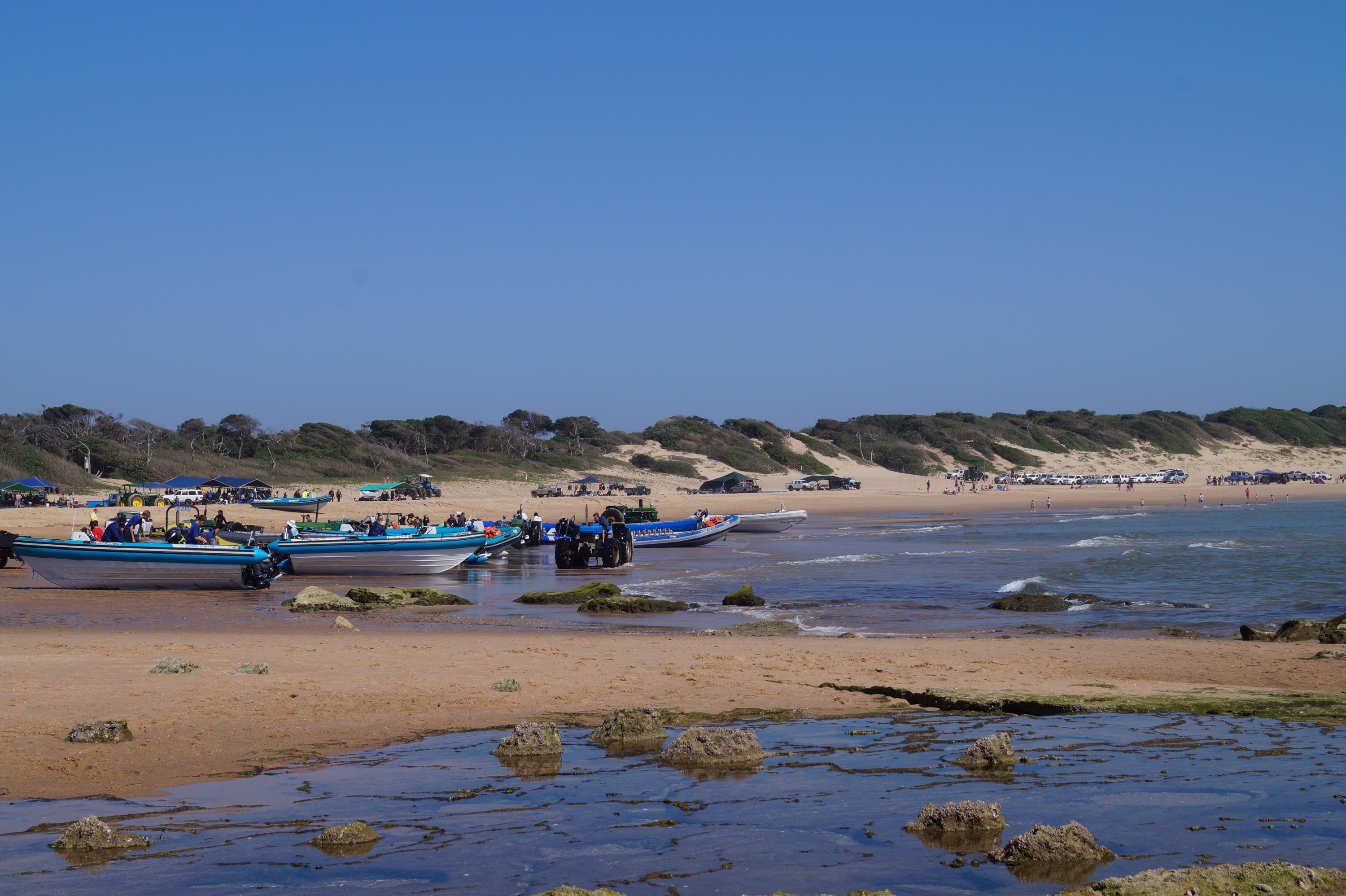
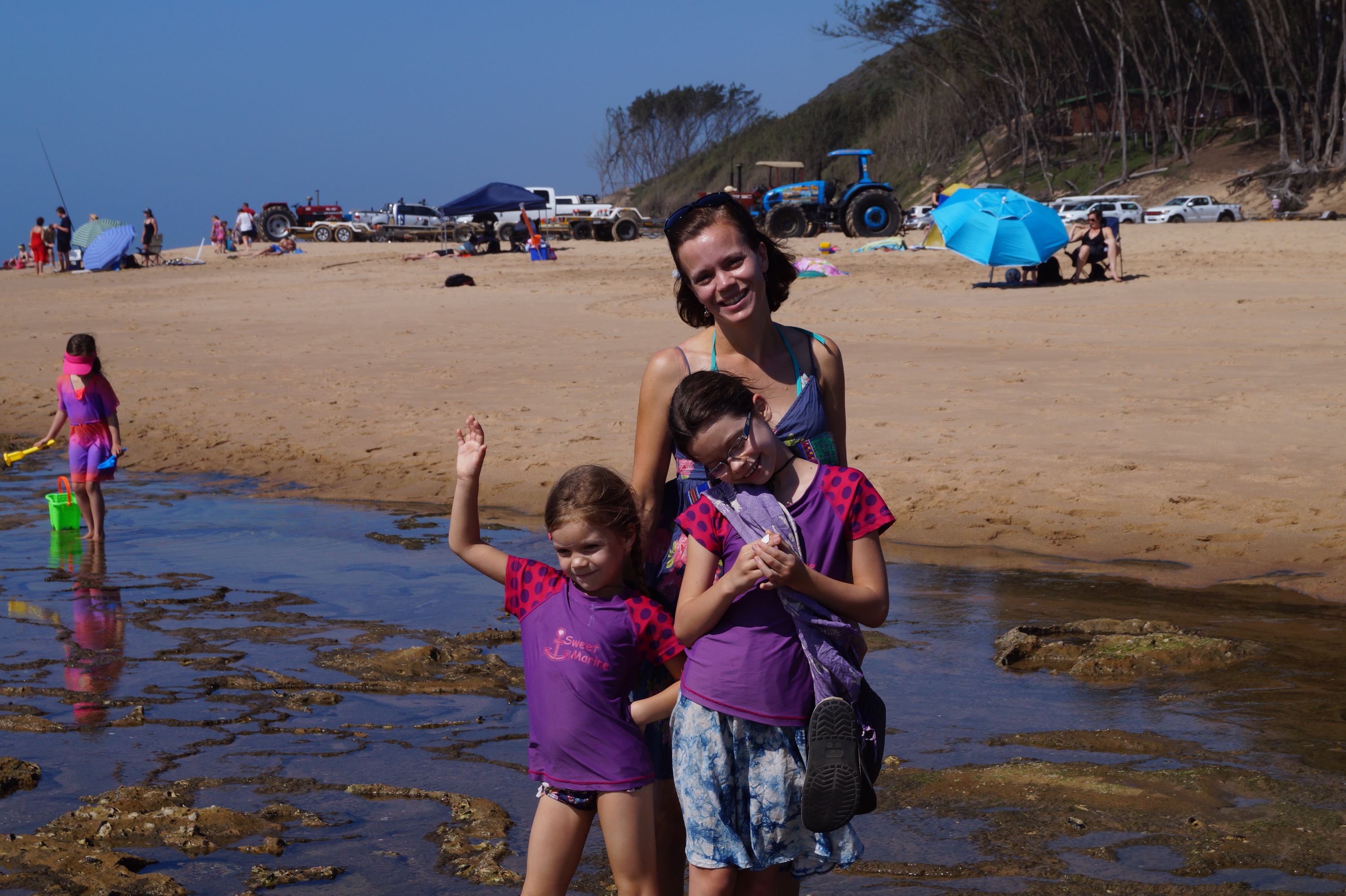 On the Sunday we headed out along with everyone else at the end of the holiday weekend. However we are fortunate in that we did not have to return home but could drive south to another part of the park at Cape Vidal. To reach Cape Vidal you need to drive about 35kms through a lovely little game reserve. Here you can find buffaloes, rhino and a variety of antelope. There are some lovely hides where you can get out and enjoy the bird life and the views over St Lucia lake. Mind you they have signs warning you to take care of the animals.
On the Sunday we headed out along with everyone else at the end of the holiday weekend. However we are fortunate in that we did not have to return home but could drive south to another part of the park at Cape Vidal. To reach Cape Vidal you need to drive about 35kms through a lovely little game reserve. Here you can find buffaloes, rhino and a variety of antelope. There are some lovely hides where you can get out and enjoy the bird life and the views over St Lucia lake. Mind you they have signs warning you to take care of the animals.
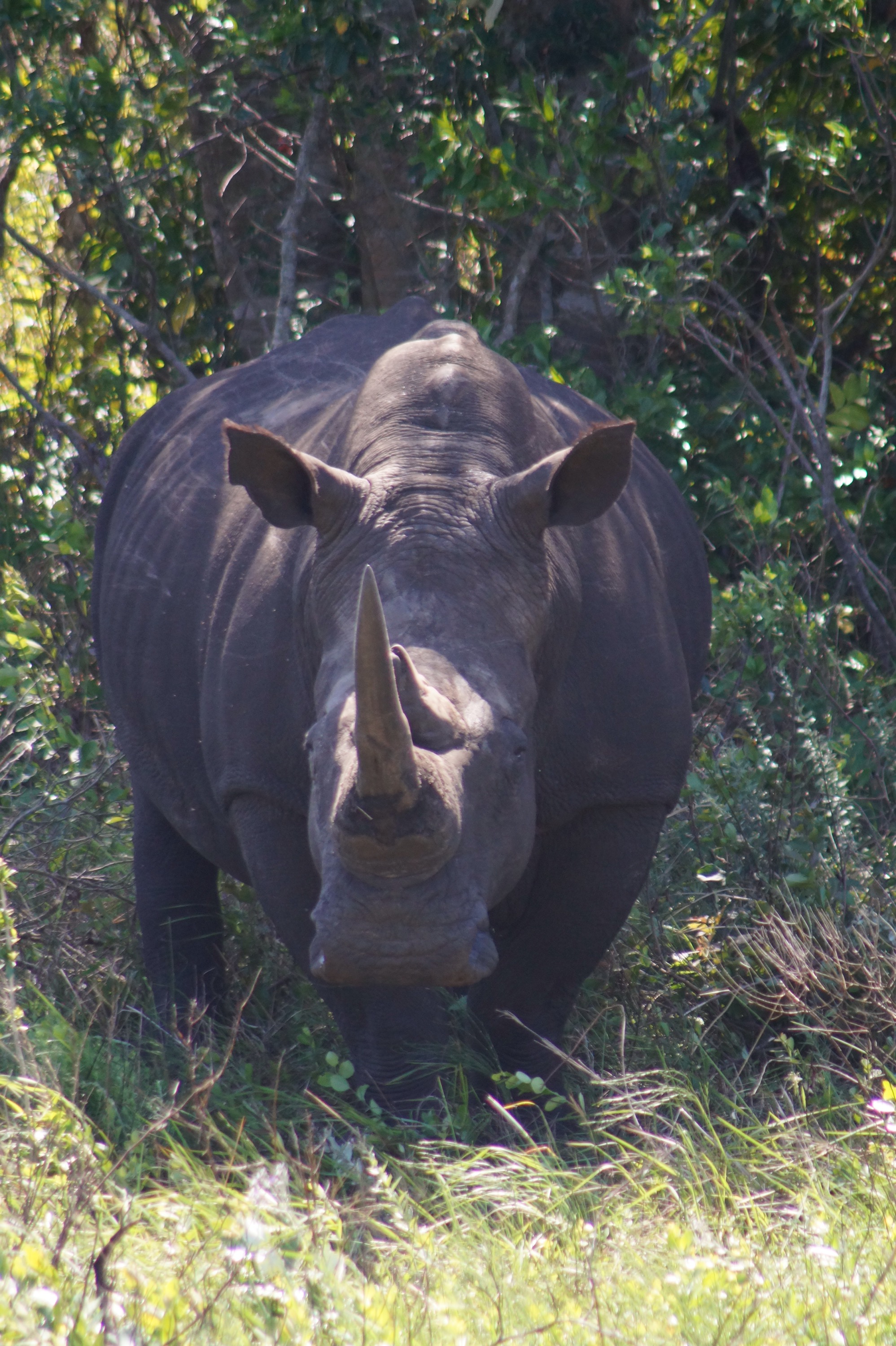
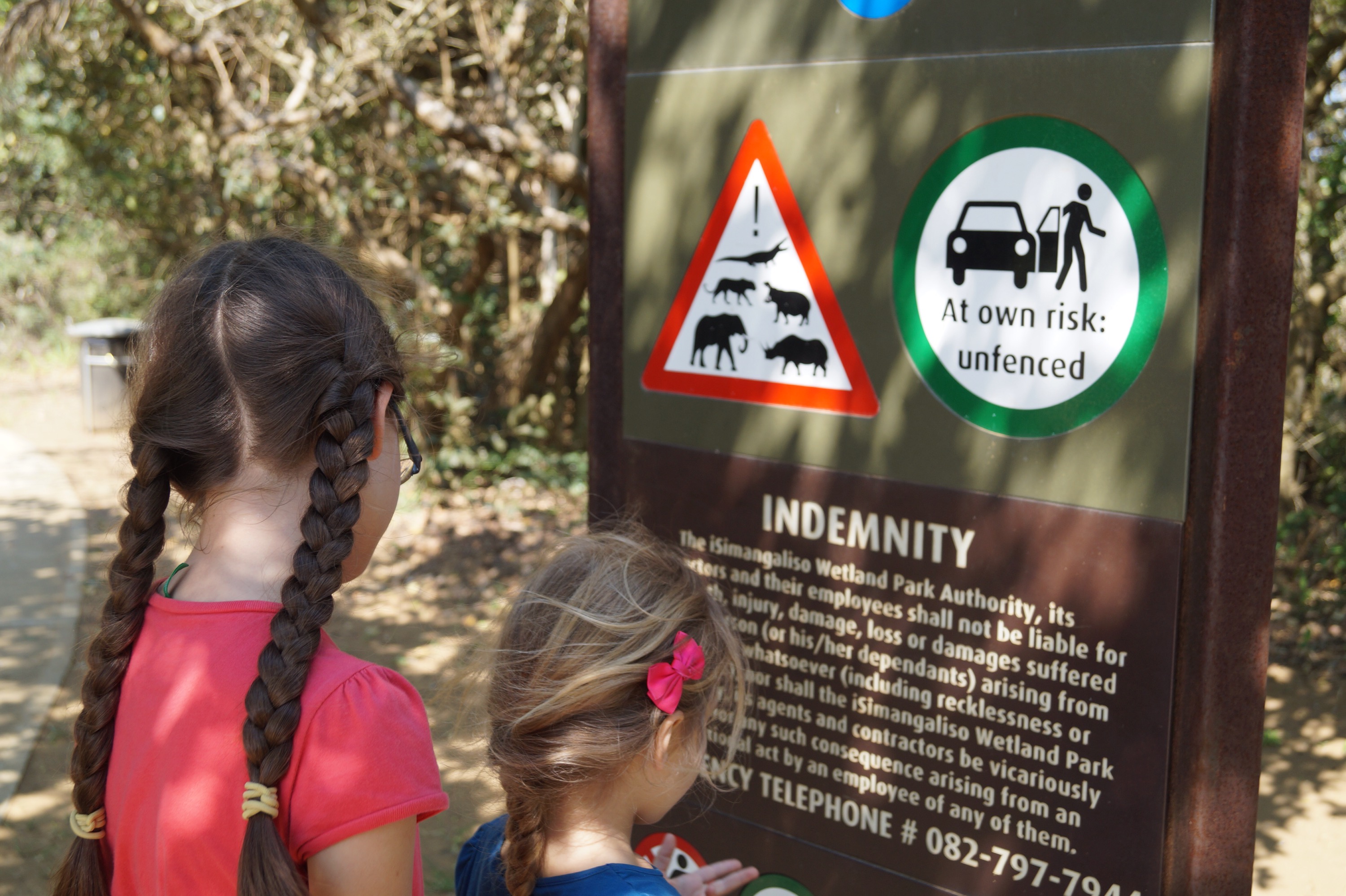

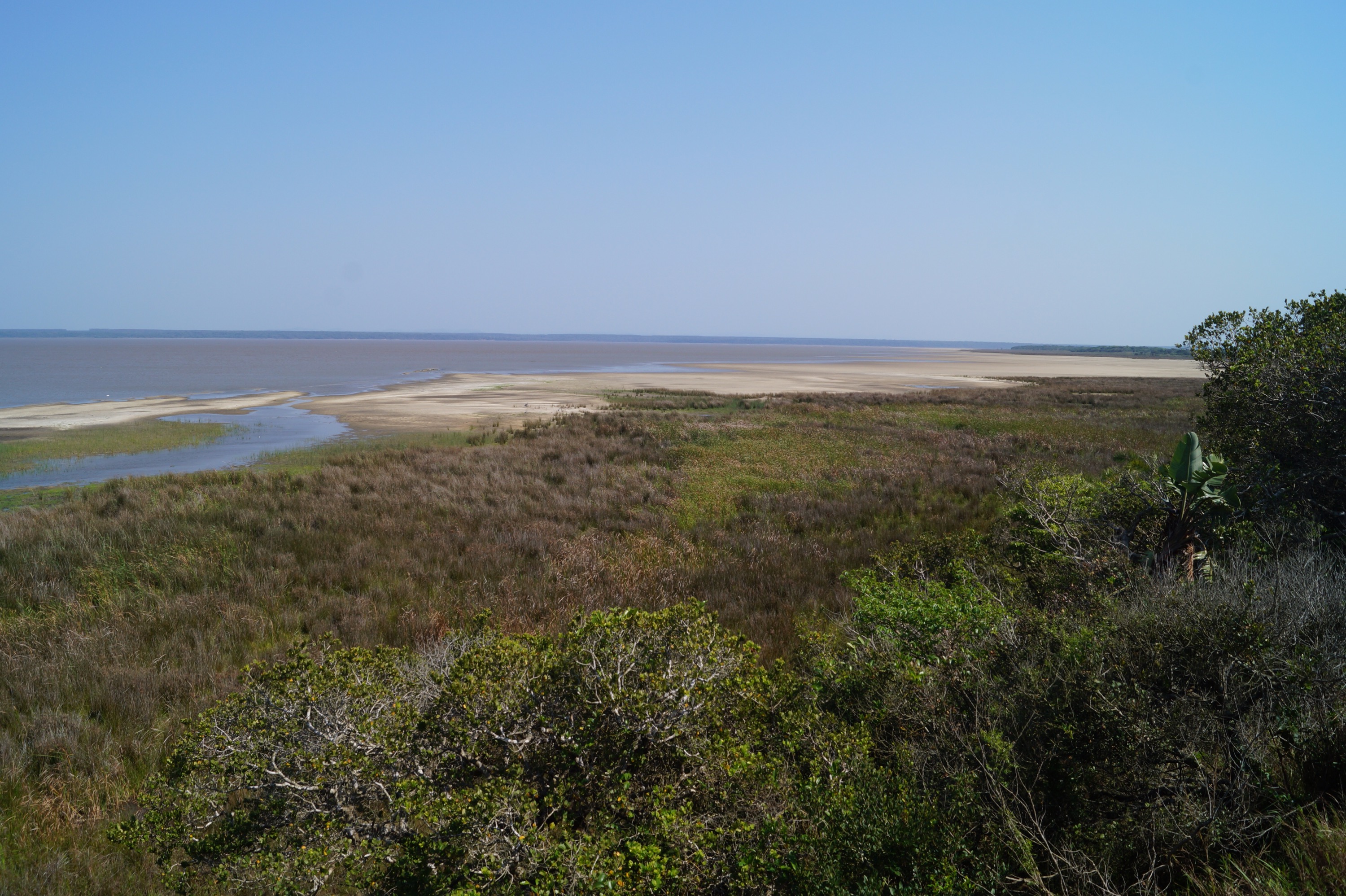
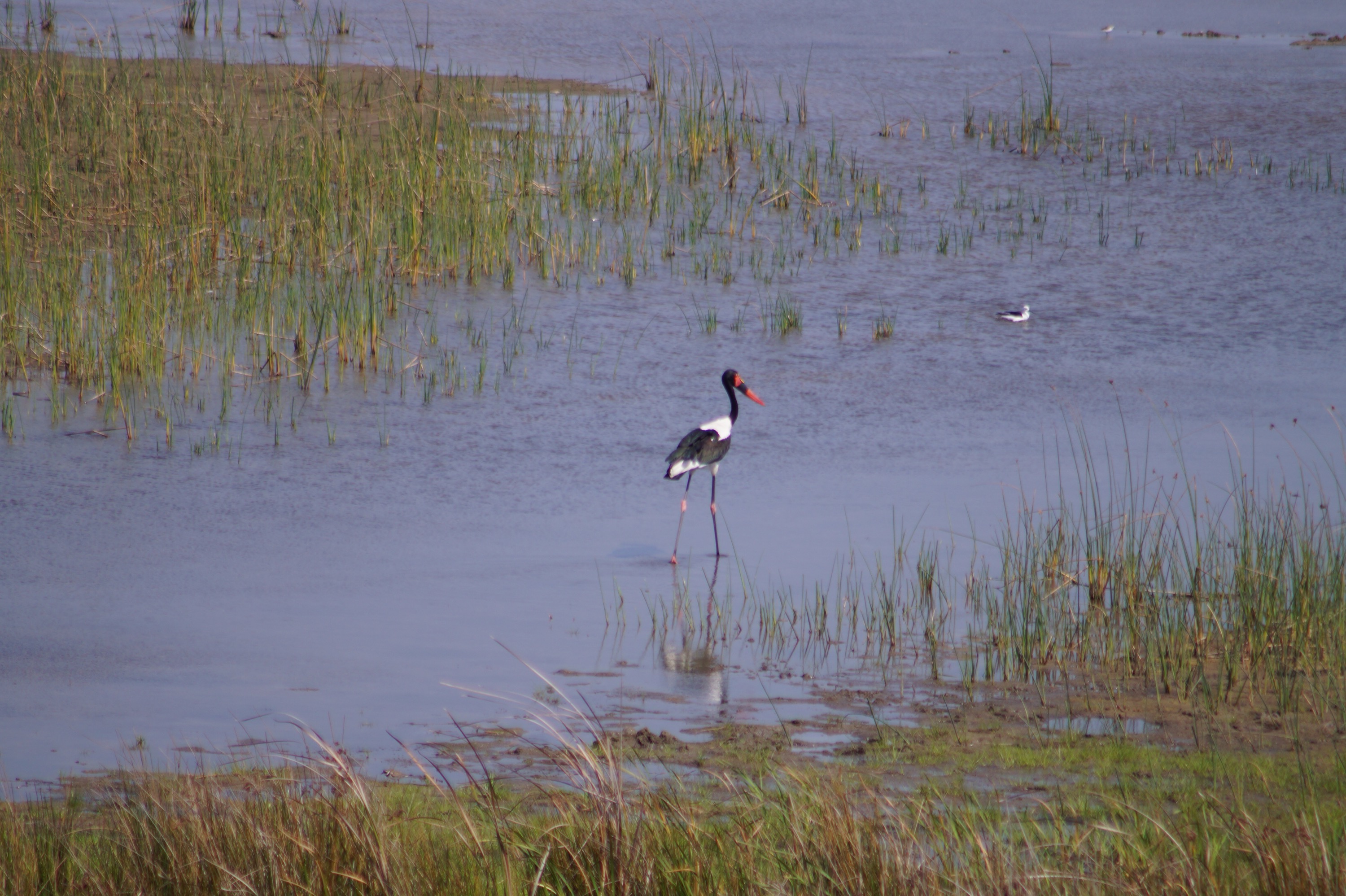 The animal that interested Lucy the most was the dung beetle which she has always been fascinated in since seeing a BBC documentary. We found some on the path rolling a dung ball as well as in the dung themselves. They also could fly and were like mini spaceships when they were flying. Every time we hit one in the truck I thought we had hit a bird with the noise it made.
The animal that interested Lucy the most was the dung beetle which she has always been fascinated in since seeing a BBC documentary. We found some on the path rolling a dung ball as well as in the dung themselves. They also could fly and were like mini spaceships when they were flying. Every time we hit one in the truck I thought we had hit a bird with the noise it made.
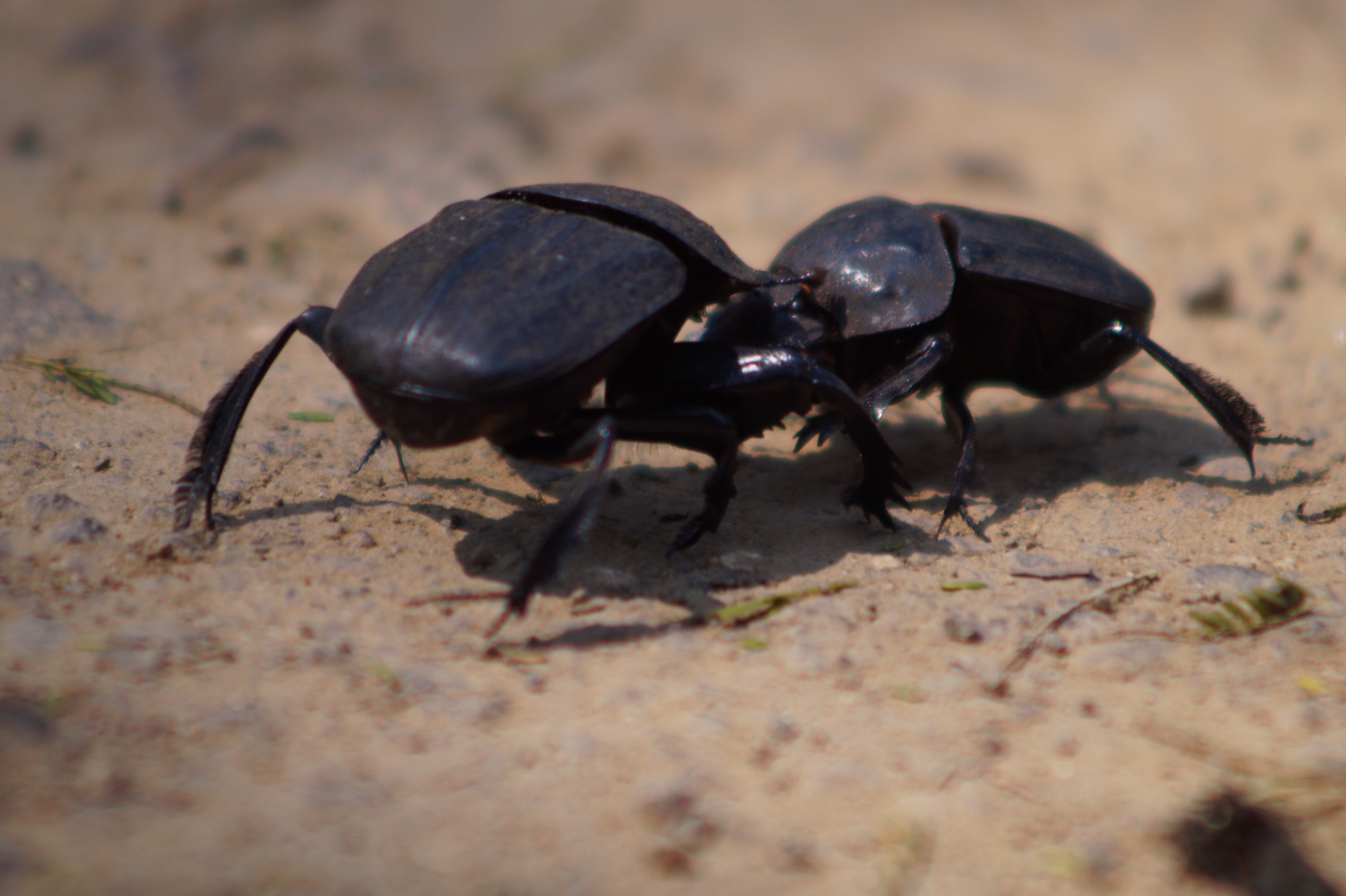 The beach at Cape Vidal was a lovely wild wind swept beach and now very quiet. On the way down there were signs to beware of the hippo, crocodile and Sharks. Not that we were going swimming as it was too rough so we had to content ourselves with a little paddle. Whilst we did not get any of the dangerous animals Lucy got tangled with a jelly fish which was though very painful for her. Fortunately the pain did not last too long.
The beach at Cape Vidal was a lovely wild wind swept beach and now very quiet. On the way down there were signs to beware of the hippo, crocodile and Sharks. Not that we were going swimming as it was too rough so we had to content ourselves with a little paddle. Whilst we did not get any of the dangerous animals Lucy got tangled with a jelly fish which was though very painful for her. Fortunately the pain did not last too long.
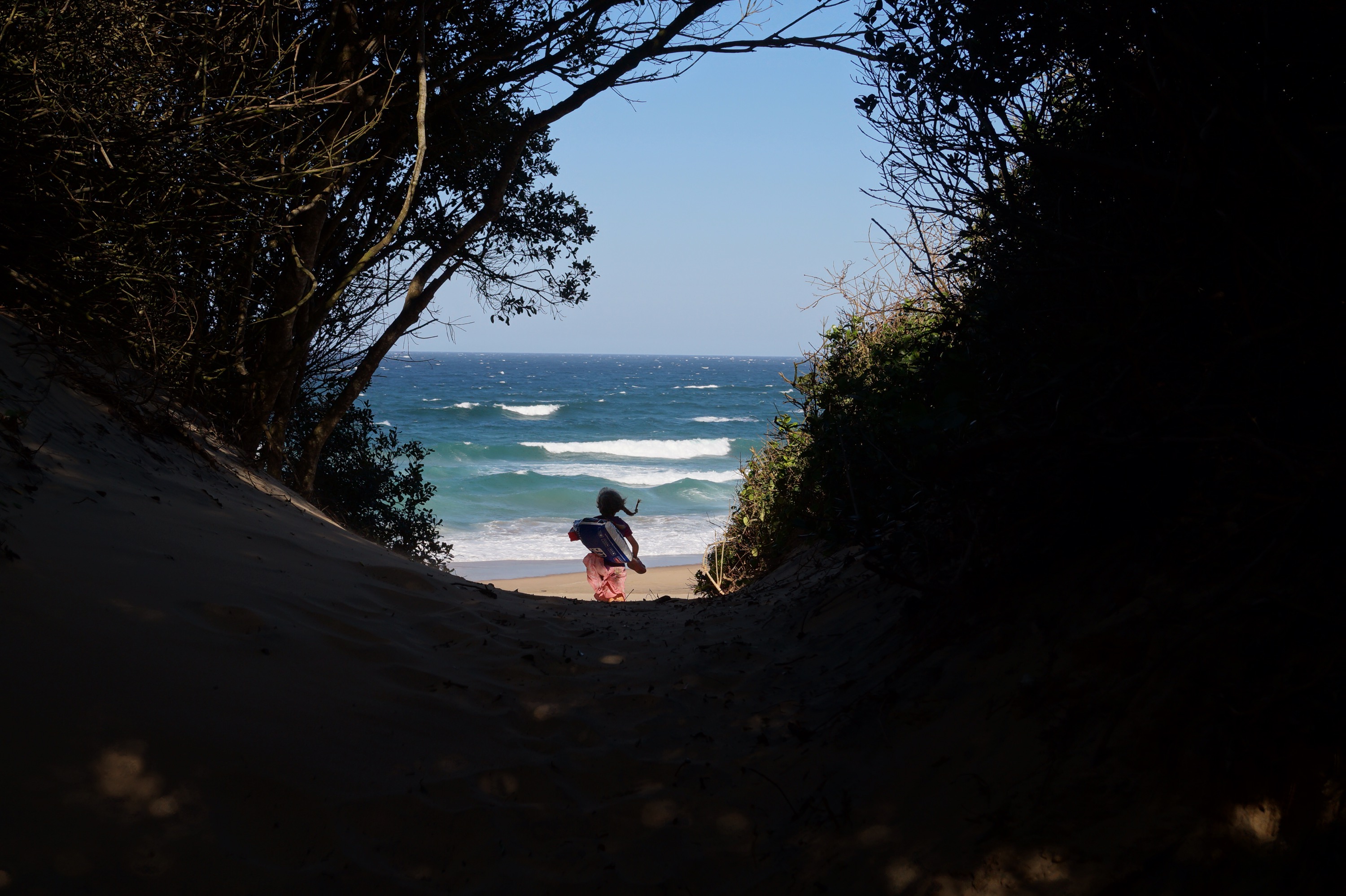
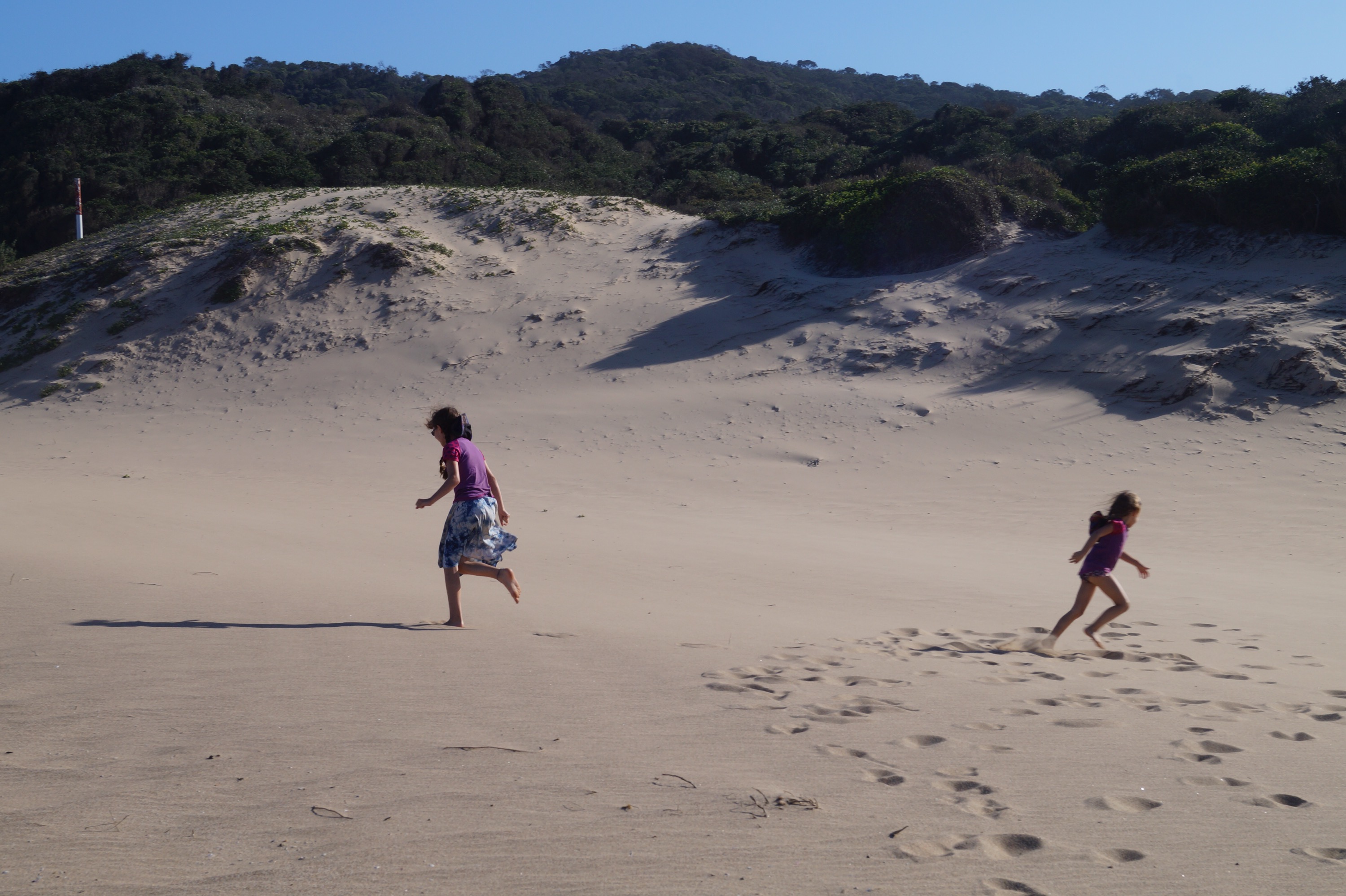
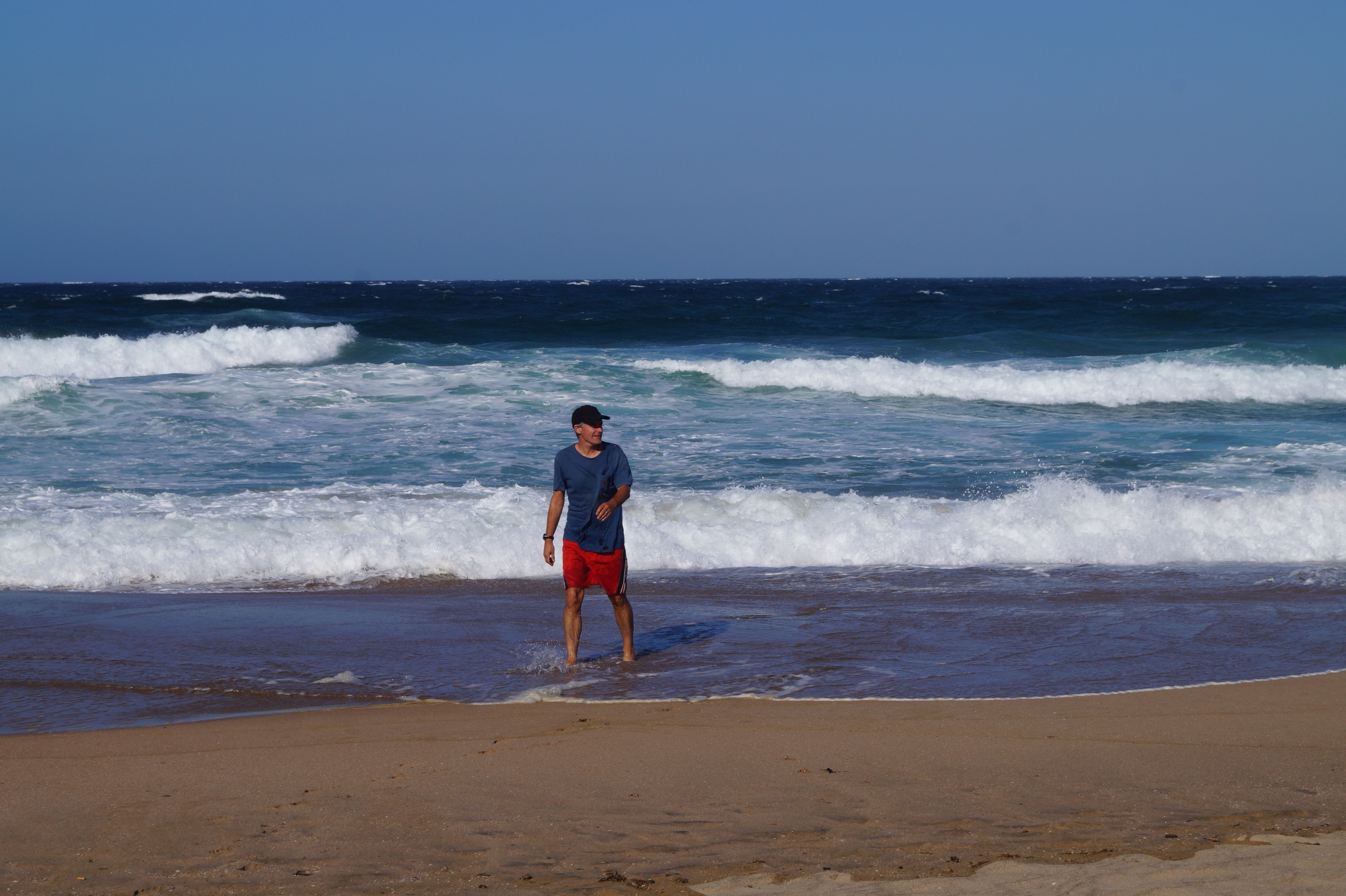
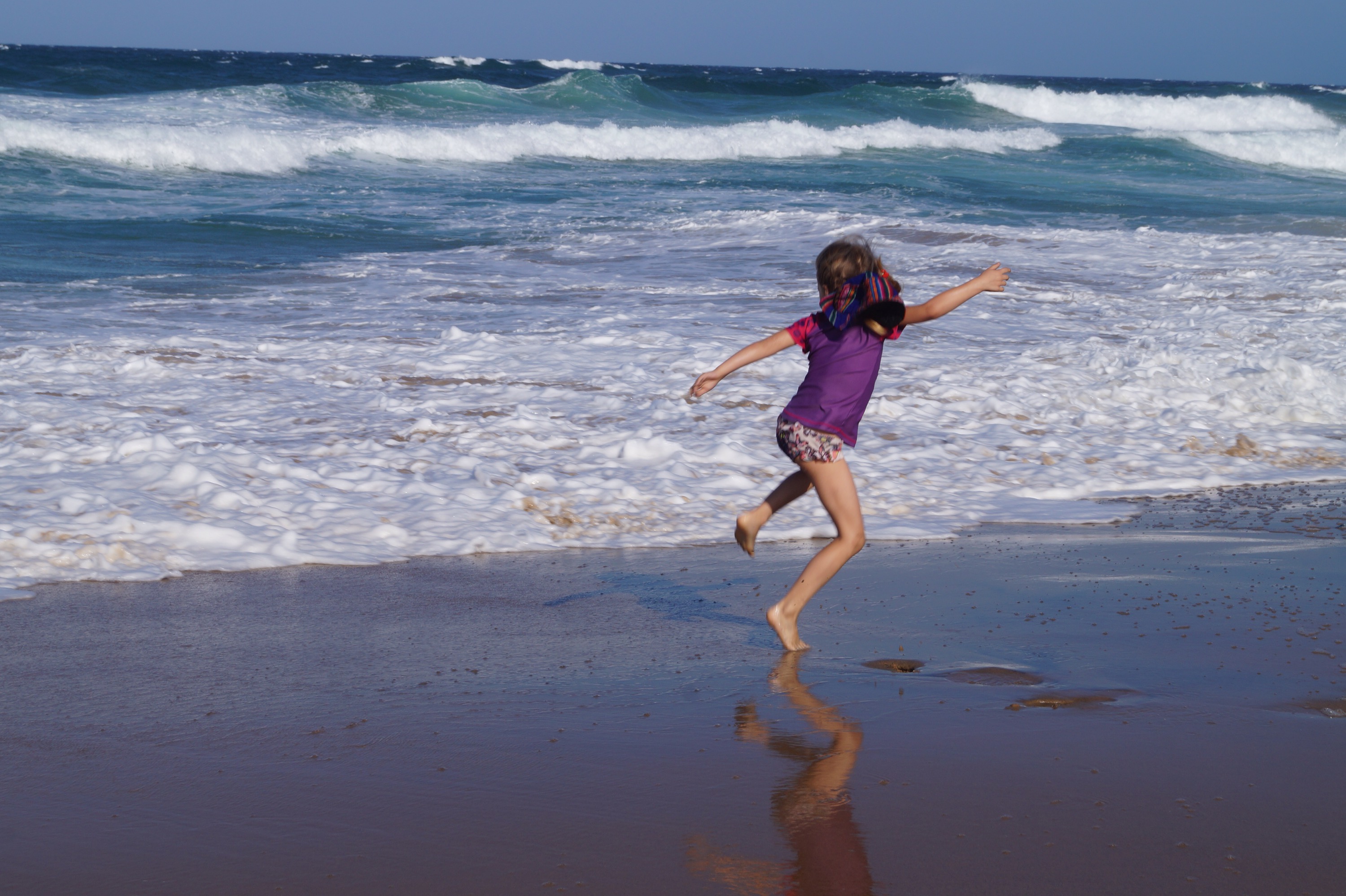 In the camp there was lots of wildlife. Suni antelope and bushbuck were very tame and there was also the rare Samango Monkey. We really enjoyed Cape Vidal and the surrounding park but it was time to head inland for a bit of history.
In the camp there was lots of wildlife. Suni antelope and bushbuck were very tame and there was also the rare Samango Monkey. We really enjoyed Cape Vidal and the surrounding park but it was time to head inland for a bit of history.

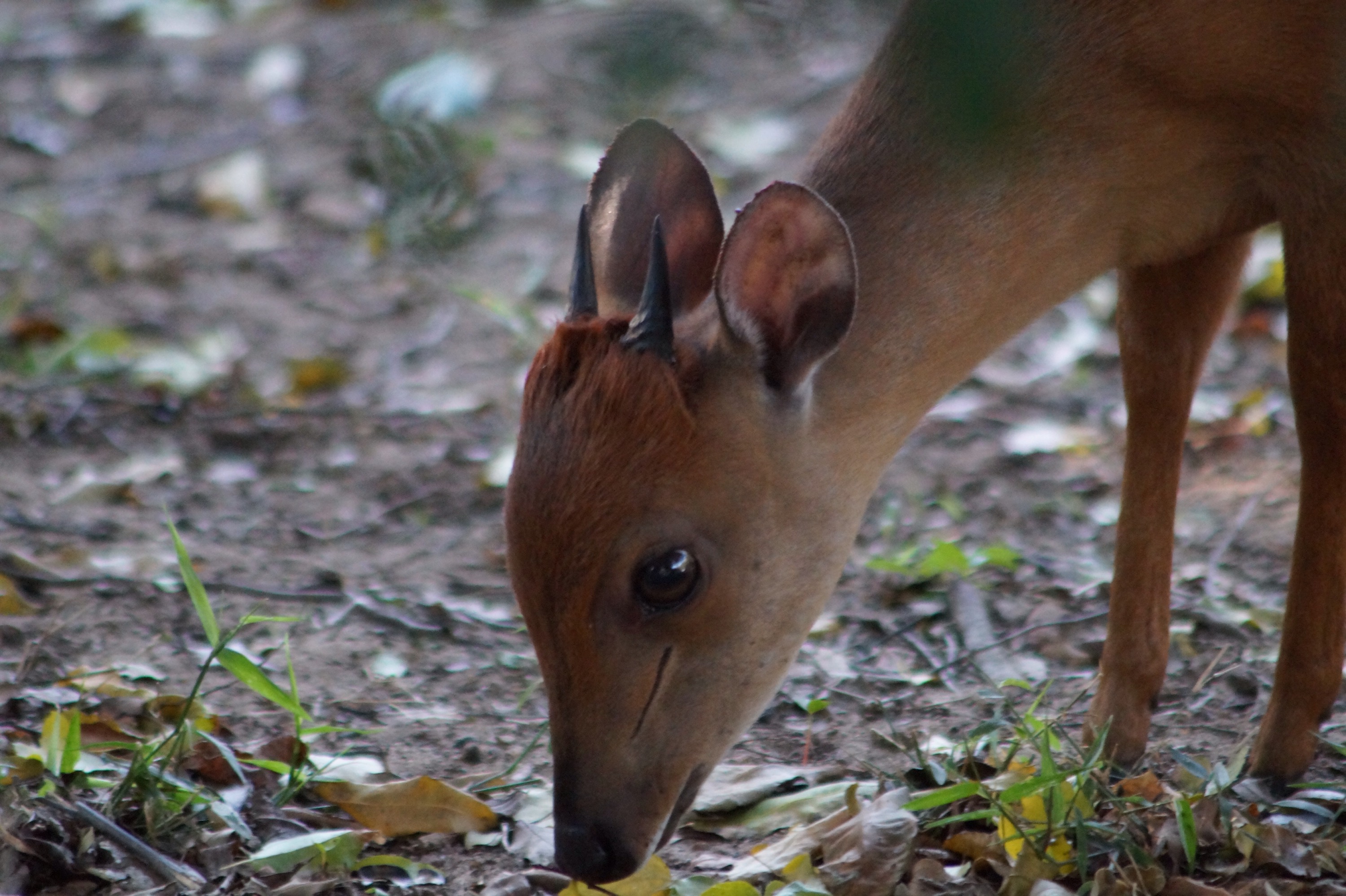 The area inland is known as been a centre for some famous battles in South African history. This is the Zulu heartland and was the area where the Zulu kingdom was created by conquering some of the other tribes. The Zulus then came into conflict with first the Boers and then the British before the area became a key battleground in the Anglo Boer wars. We spent a day travelling around some of the battlefields to get a very short overview of history. I will summarise a little below but there are lots of different accounts and interpretations so mine is not the only one.
Our first stop was at Blood River. It was here in 1838 that a small force of nearly 500 Voortrekkers defeated a Zulu army of more than 10,000. More than 3,000 Zulus died and only 3 of the Voortrekkers were injured. The battle is a key monument for Afrikaners. At the battlefield there is a great bronze monument replicating the wagon laager that the Voortrekkers used in the battle.
The area inland is known as been a centre for some famous battles in South African history. This is the Zulu heartland and was the area where the Zulu kingdom was created by conquering some of the other tribes. The Zulus then came into conflict with first the Boers and then the British before the area became a key battleground in the Anglo Boer wars. We spent a day travelling around some of the battlefields to get a very short overview of history. I will summarise a little below but there are lots of different accounts and interpretations so mine is not the only one.
Our first stop was at Blood River. It was here in 1838 that a small force of nearly 500 Voortrekkers defeated a Zulu army of more than 10,000. More than 3,000 Zulus died and only 3 of the Voortrekkers were injured. The battle is a key monument for Afrikaners. At the battlefield there is a great bronze monument replicating the wagon laager that the Voortrekkers used in the battle.
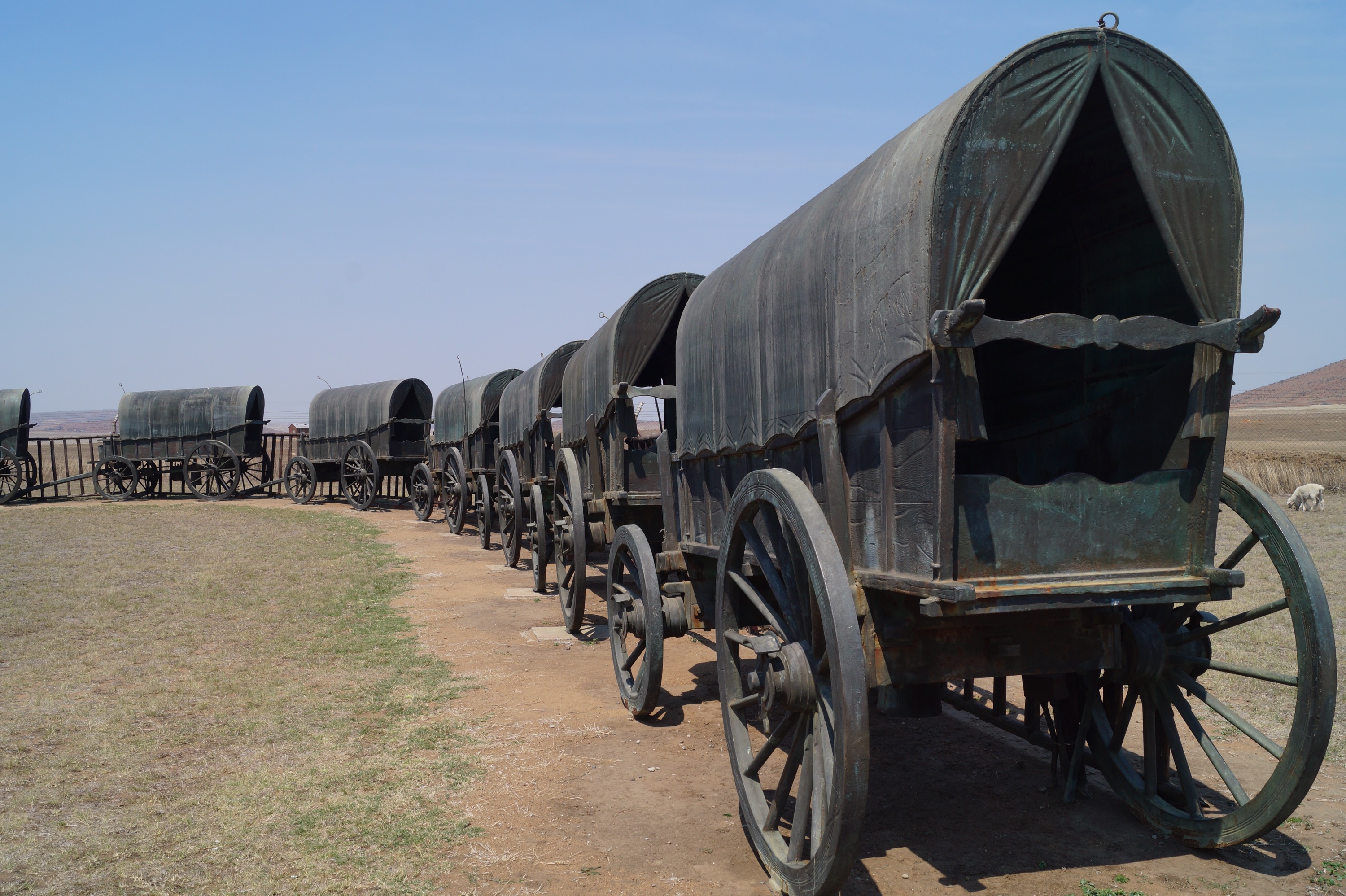
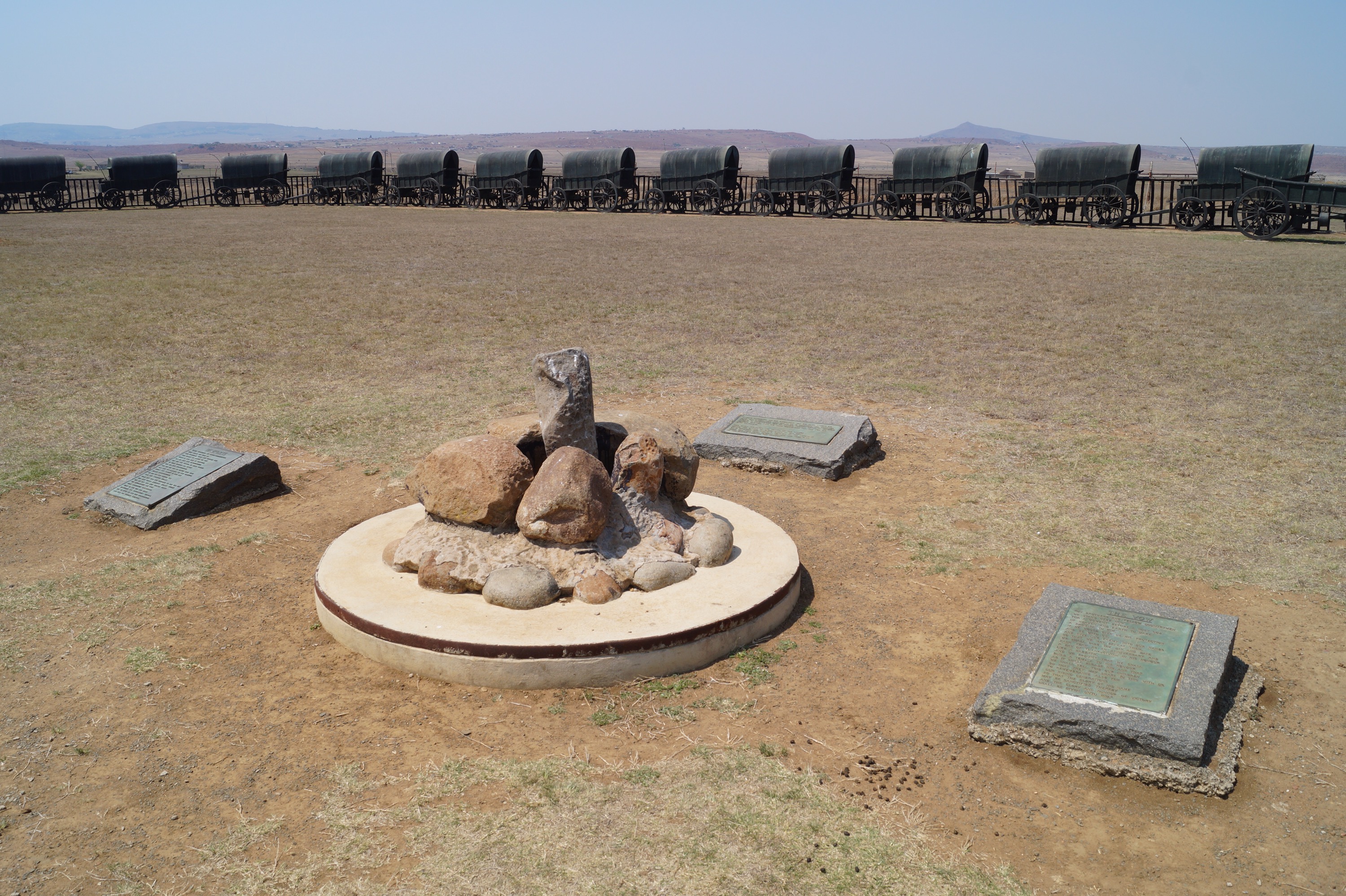 Nearby is the Ncome museum set up to show the Zulu side of the story. Needless to say there are differences between the two sides on the causes of the battle and some of the points in it but not on the result. It was nice to hear both accounts and that both sides were very enthusiastic and respectful to the others point of view. As one guide said, "probably the real truth is some where in the middle"
From there we moved on to Isandlwana, it is here that the British Empire suffered one of it greatest battlefield defeats. In 1879 the British had crossed into Zululand to disarm the Zulu. Depending on which side you believe this was an invasion of Zulu territory or a necessary action because of the threat the Zulu army posed to the British colony of Natal. Either way due to a number of blunders and/or good Zulu tactics the British split their forces and left half of them at Isandlwana without properly fortifying the camp. Here they were set on and annihilated by the Zulu forces.
It was very quiet when we visited with the white cairns marking the dead contrasting against the stark plains and the dominant kopje overseeing it all. It was hard to imagine the scenes of death that took place here over a century ago. As we were leaving a thunderstorm came rolling in giving the place a slightly eerie feel.
Nearby is the Ncome museum set up to show the Zulu side of the story. Needless to say there are differences between the two sides on the causes of the battle and some of the points in it but not on the result. It was nice to hear both accounts and that both sides were very enthusiastic and respectful to the others point of view. As one guide said, "probably the real truth is some where in the middle"
From there we moved on to Isandlwana, it is here that the British Empire suffered one of it greatest battlefield defeats. In 1879 the British had crossed into Zululand to disarm the Zulu. Depending on which side you believe this was an invasion of Zulu territory or a necessary action because of the threat the Zulu army posed to the British colony of Natal. Either way due to a number of blunders and/or good Zulu tactics the British split their forces and left half of them at Isandlwana without properly fortifying the camp. Here they were set on and annihilated by the Zulu forces.
It was very quiet when we visited with the white cairns marking the dead contrasting against the stark plains and the dominant kopje overseeing it all. It was hard to imagine the scenes of death that took place here over a century ago. As we were leaving a thunderstorm came rolling in giving the place a slightly eerie feel.
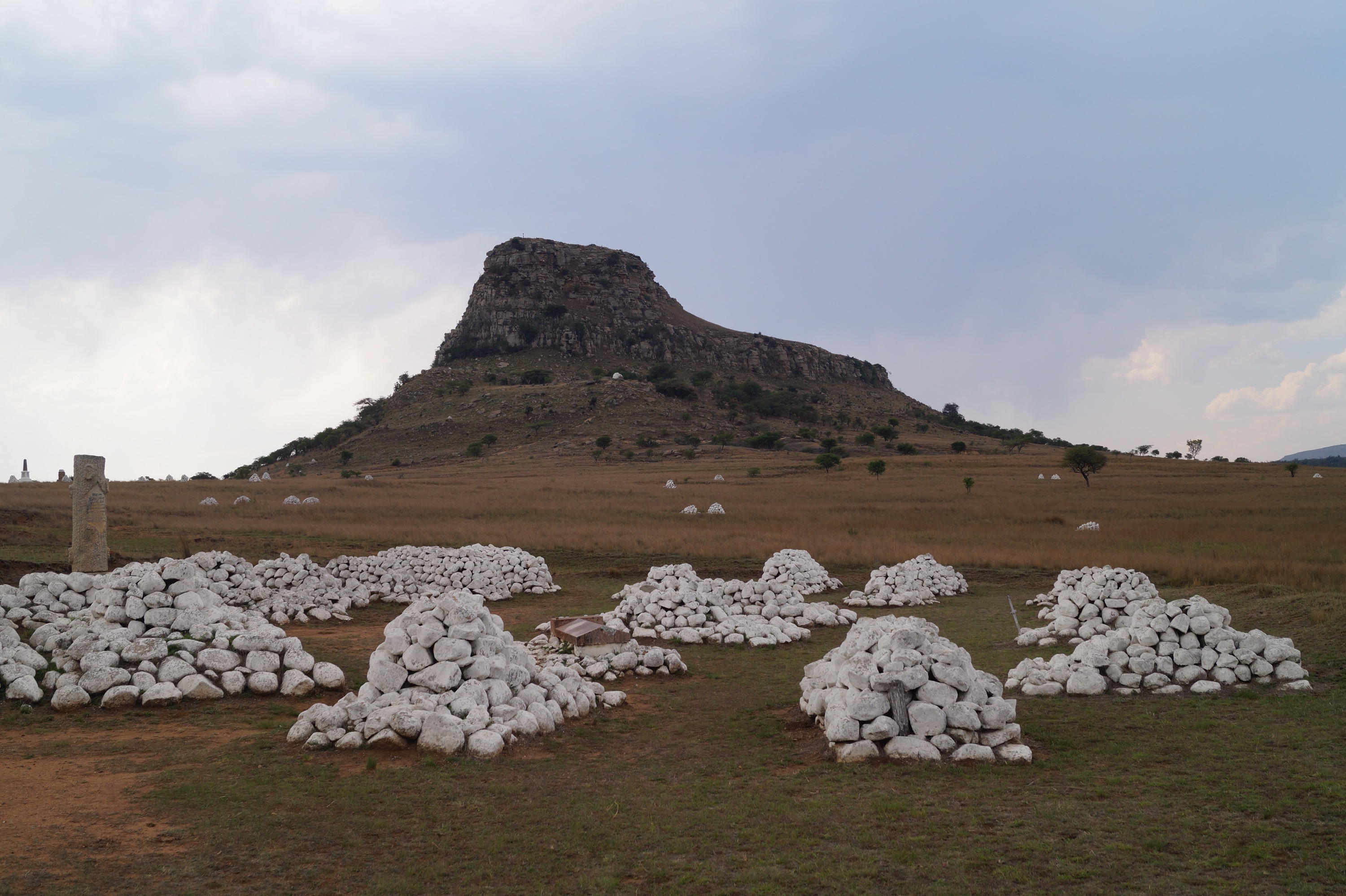
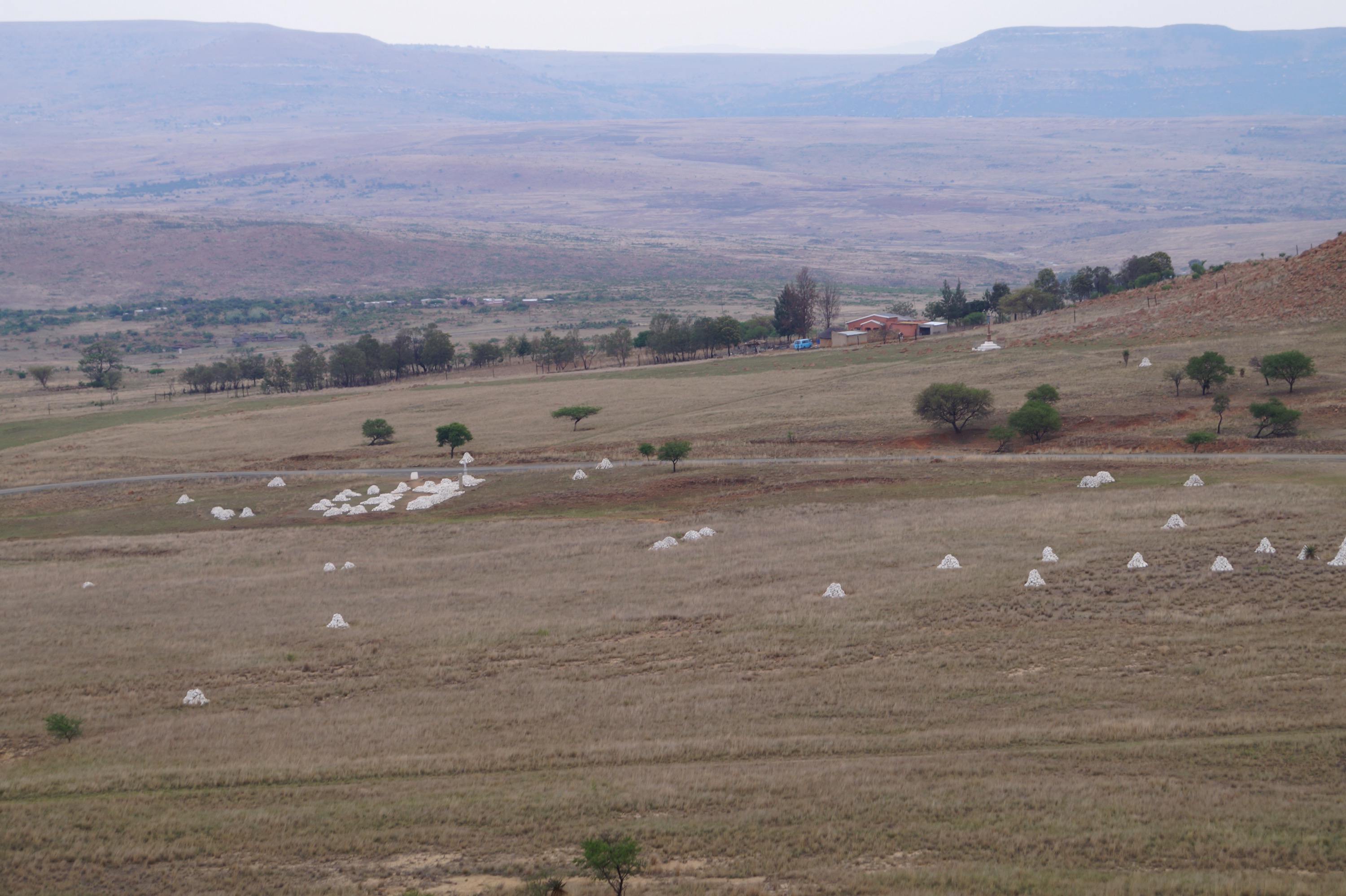 From here we made our way to Rourke's Drift. Anyone who has seen the film Zulu will be familiar with this heroic defence of a mission by just over 100 British soldiers against over 5000 Zulus. This actually took place on the same day as Isandlwana. After their success at Isandlwana a contingent of Zulus crossed into Natal to attack the mission at Rourke's Drift which had been a staging post for the main army before they left for Isandlwana.
It was a heroic defence with fighting from room to room and in the end the defenders held out with relatively few casualties. The British played up the heroics at Rourke's Drift to cover up the catastrophe at Isandlwana and Queen Victoria handed out 11 Victoria Crosses to the defenders. This has caused some dispute amongst historians. Whilst accepting their bravery some have said they really did nothing more than save their lives as each had no choice but to fight or be overrun by the Zulus.
Walking round the museum one can imagine how harrowing it was for both sides. The museum gave a good account of the battle and there was some sombre memorials to commemorate the fallen although mostly to recognise the British side.
From here we made our way to Rourke's Drift. Anyone who has seen the film Zulu will be familiar with this heroic defence of a mission by just over 100 British soldiers against over 5000 Zulus. This actually took place on the same day as Isandlwana. After their success at Isandlwana a contingent of Zulus crossed into Natal to attack the mission at Rourke's Drift which had been a staging post for the main army before they left for Isandlwana.
It was a heroic defence with fighting from room to room and in the end the defenders held out with relatively few casualties. The British played up the heroics at Rourke's Drift to cover up the catastrophe at Isandlwana and Queen Victoria handed out 11 Victoria Crosses to the defenders. This has caused some dispute amongst historians. Whilst accepting their bravery some have said they really did nothing more than save their lives as each had no choice but to fight or be overrun by the Zulus.
Walking round the museum one can imagine how harrowing it was for both sides. The museum gave a good account of the battle and there was some sombre memorials to commemorate the fallen although mostly to recognise the British side.
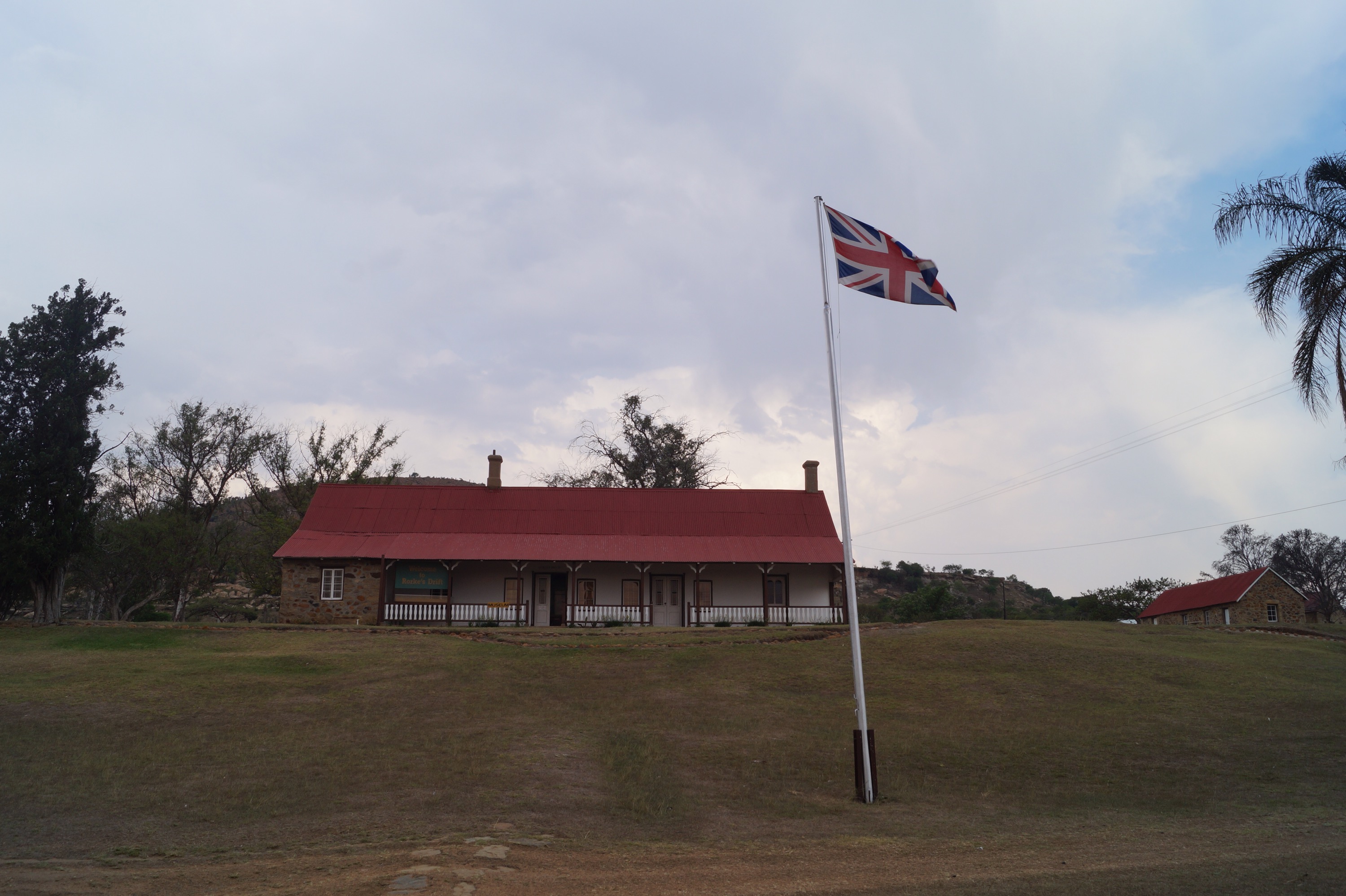
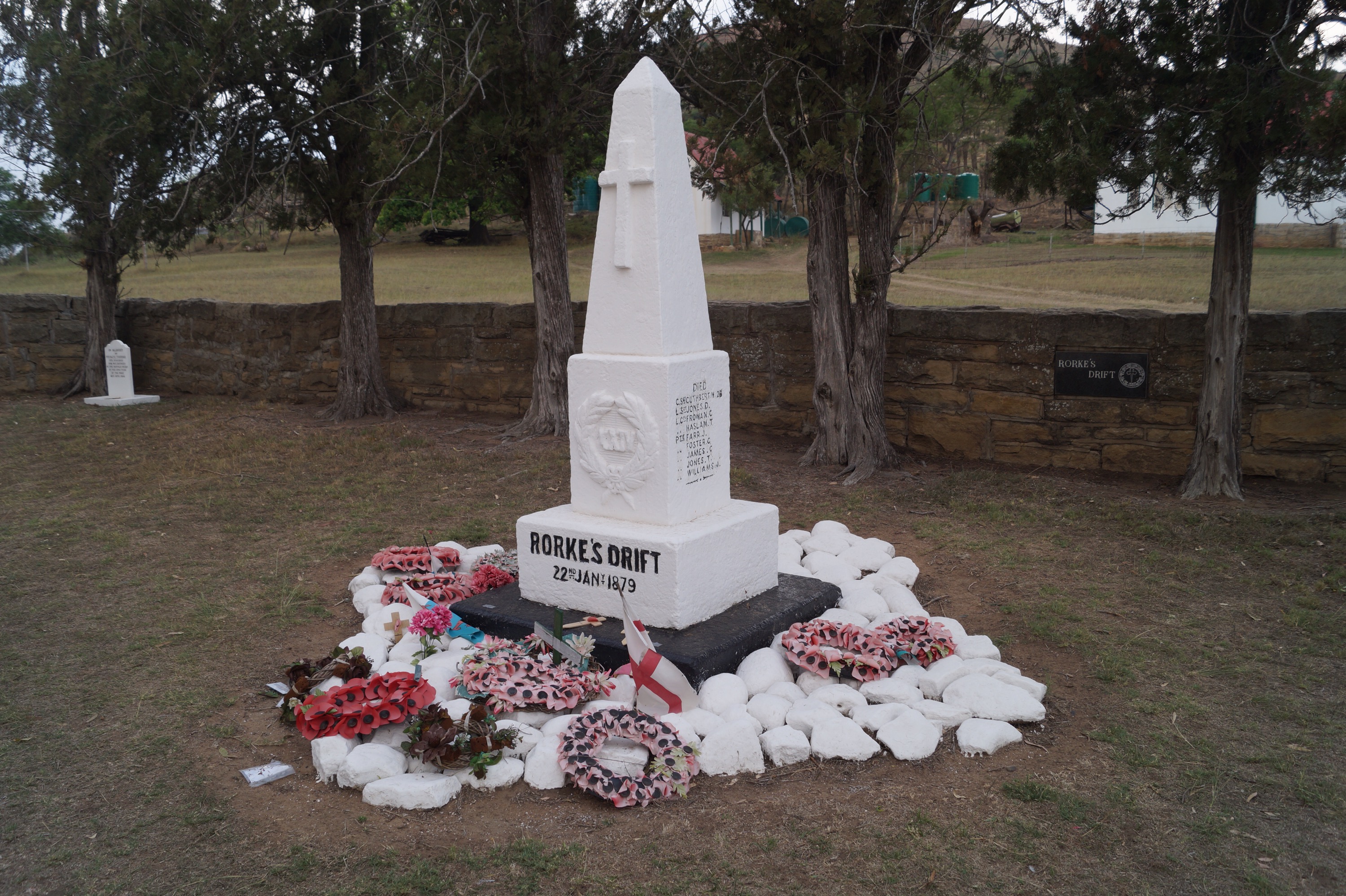 It was a really interesting day but it was time for us to head off to the mountains, the Drakensburg. As we moved on we could also move on in history to the next war in South Africa, the Anglo-Boer war with some sites to visit along the way.
It was a really interesting day but it was time for us to head off to the mountains, the Drakensburg. As we moved on we could also move on in history to the next war in South Africa, the Anglo-Boer war with some sites to visit along the way. 